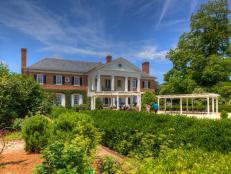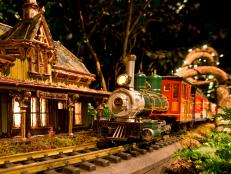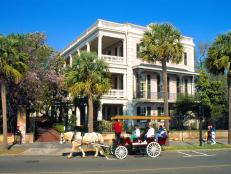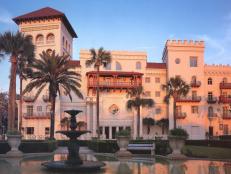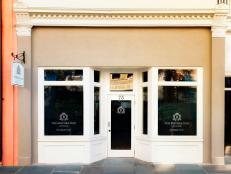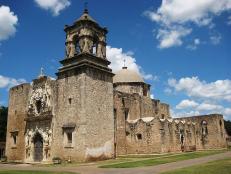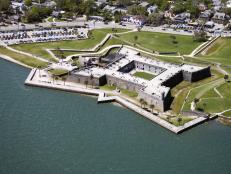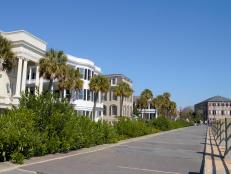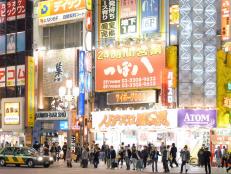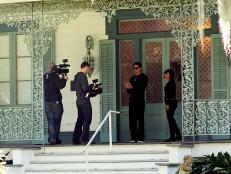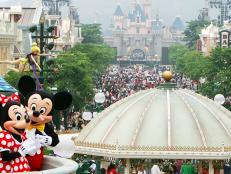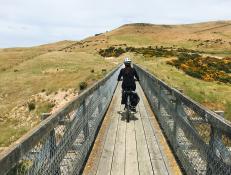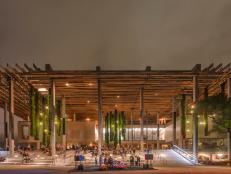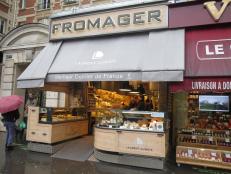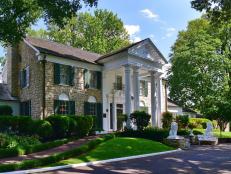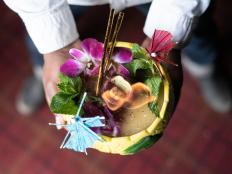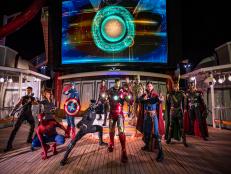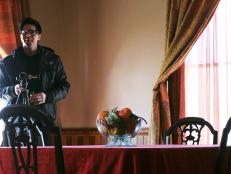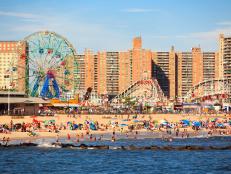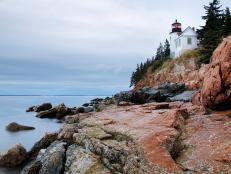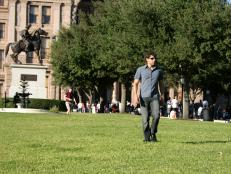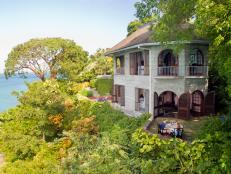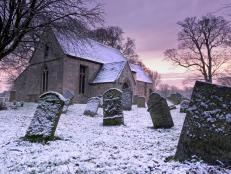Charleston’s Historic Destinations

Juanmonino
Charleston is a treasure trove for history buffs. These historic sites and landmarks are not to be missed by visitors looking to relive this majestic Southern city’s storied and tumultuous past.
The Powder Magazine
Rest the palm of your hand against the original wall that once surrounded the colony of “Charles Towne,” as you step inside South Carolina’s oldest public building. The thick brick walls and unique, gabled hip roof were designed to implode in case the gun powder stored within exploded. That detail adds to the architectural interest of this historic site. Today, the building operates as a museum, where visitors explore the Colonial history and war-torn past of this coastal city.
Old Exchange and Provost Dungeon
Charleston features many military sites and historic homes, but the Old Exchange and Provost Dungeon represents one of the rare public buildings still standing from Charleston’s Colonial and Revolutionary eras. Tiptoe through the spooky Revolutionary-era prison where Isaac Hayne, perhaps the most prominent American executed for treason against the British Crown, spent his final hours. Visit the room where South Carolina’s delegates assembled to ratify the US Constitution. See where confiscated East India Company tea was stored in protest of English import taxes. And walk in the footsteps of President George Washington, who visited here in 1791.
Fort Moultrie
A linchpin in Charleston’s coastal defense, this Sullivan’s Island fort took advantage of Charleston Harbor’s natural shoals, forcing enemy ships to sail toward its waiting cannons. The US Army used Moultrie continuously for 171 years, counting on its defenses from the Revolutionary and Civil wars through World War II. Today, Fort Moultrie visitors walk back in time, beginning at the World War II Harbor Entrance Control Post and ending with the site of the original 1776 fort, which was constructed of palmetto logs native to the area.
Fort Sumter
When South Carolina seceded from the Union in 1860, Fort Sumter became the tinderbox for a war that would tear the country apart over the next 5 years. Explore the volatile sentiments and politics behind the conflict that changed a way of life in the Southern states and threatened the very fabric of the American government. Ammunition is still embedded in the walls of this fortification that hosted the first Confederate shots fired during the Civil War. Ferries to Fort Sumter National Monument leave from downtown Charleston (next to the South Carolina Aquarium) or Patriots Point Naval & Maritime Museum in Mount Pleasant, SC.
Charles Pinckney Site
Often called the “forgotten founder,” Charles Pinckney was an author and signer of the US Constitution. Portions of his plantation are now part of the National Parks System, opening a window into a way of life that led to prosperity in the South, then sowed the seeds of Civil War. A 1/2-mile interpretive trail takes visitors past archaeological sites and describes the plantation’s farming history, while the farmhouse (built after the Pinckney era) contains museum exhibits. Special programs celebrate the Gullah culture of the slaves who lived and worked on site.
H.L. Hunley Submarine
On Feb. 17, 1864, a Confederate “secret weapon” torpedoed and sank the Union Navy’s biggest warship, the Housatonic. It was the H.L. Hunley, a Civil War-era submarine, which then sank to the ocean floor with her crew. The Hunley remained a mystery until it was discovered buried in the silt of Charleston Harbor in 1995. Tour the remarkably intact historic craft and period artifacts, and try to unravel why she and her crew never came home.
City Market
The land where the City Market stands was ceded to Charleston in 1788 by Charles Pinckney, with the stipulation that it be used as a public marketplace forever. A riot of color, sound and scent greets those who walk through this collection of low buildings stretching from the Greek Revival-style Market Hall on Meeting Street to the waterfront. Browse local crafts and artwork, see Gullah sweetgrass baskets woven while you watch, and buy souvenirs from the many vendors and shops that call the City Market home. The market also serves as a vibrant hub for Charleston’s tourist trade, where visitors can join a carriage tour, shop local merchants and sample Lowcountry fare.
